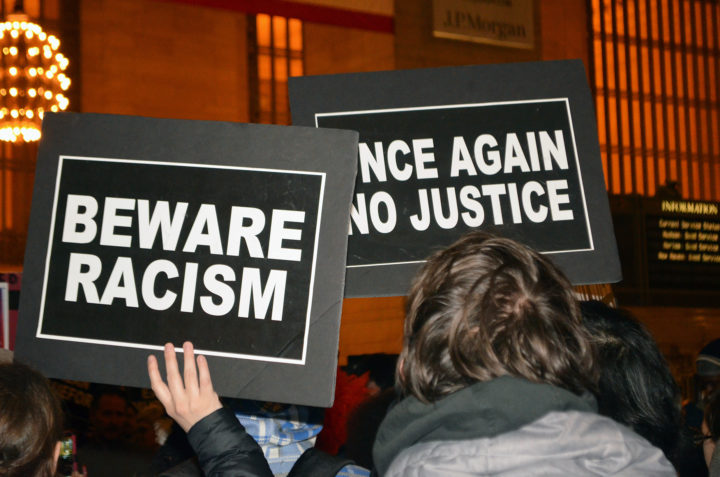Daunte Wright’s death Sunday night, April 11, in Brooklyn Center, 10 miles south of Minneapolis, came as the city already was on edge, in the middle of the trial of former police officer Derek Chauvin for the death of George Floyd last May. In remarks to the nation, US President Biden stressed there is “absolutely no justification” for looting and violence. “Peaceful protest is understandable,” he said. “And the fact is that we do know that the anger, pain and trauma that exists in Black community in that environment is real – it’s serious, and it’s consequential. But that does not justify violence.” The problem with this sentiment is that you can’t just remove “looting and violence” without replacing it with something. You can’t denounce violence without replacing it with nonviolence.
The time has come for the US to start its own cultural reconciliation process, based on experiences of peace processes carried out in other parts of the world (Ireland, Kosovo, South Africa, Colombia) but adapted to encompass cultural tensions here between “minorities” and the dominant “White-West.” The violence against minorities needs to be studied from diverse perspectives and experiences. The Floyd murder is one aspect of racism against Blacks; the COVID pandemic gave us another picture of the precarious condition experienced by many people of color in our country. The Asian community is also voicing their outrage against an increase of “hate crimes” against their community. The current vaccination process has highlighted an existing structural problem that favors the white community, who were also less affected by the pandemic than Black and Latinx communities. Similar structures are at play in education, the military, and the economic system. This is not just about policeman shooting someone.
A cultural reconciliation process would not just look at the present moment, but would go back to slavery and era of colonialism,and it would look at the development of White-Christian hegemony and the notion of 2nd and 3rd class citizenry, which still exists today.
The caveat for implementing any successful peace and reconciliation process is that both sides need to recognize the urgency and the need for a reconciliation process. The two sides need to acknowledge that the conflict exists, that violence doesn’t resolve the issue, and that everything that has been done until now hasn’t provided any solution.
The current administration looks at the situation the same way as previous administrations, without any real understanding of the root of violence in US society. Instead they see the violence as a kind of “collateral damage” of a great system, maybe not so good but certainly unavoidable.
The illusion of this “great society” goes along with the illusion of cultural white supremacy.. We will be ready for a cultural reconciliation process when these illusions vanish from the dark side of our consciousness and we undertake the transformation of our belief system.










